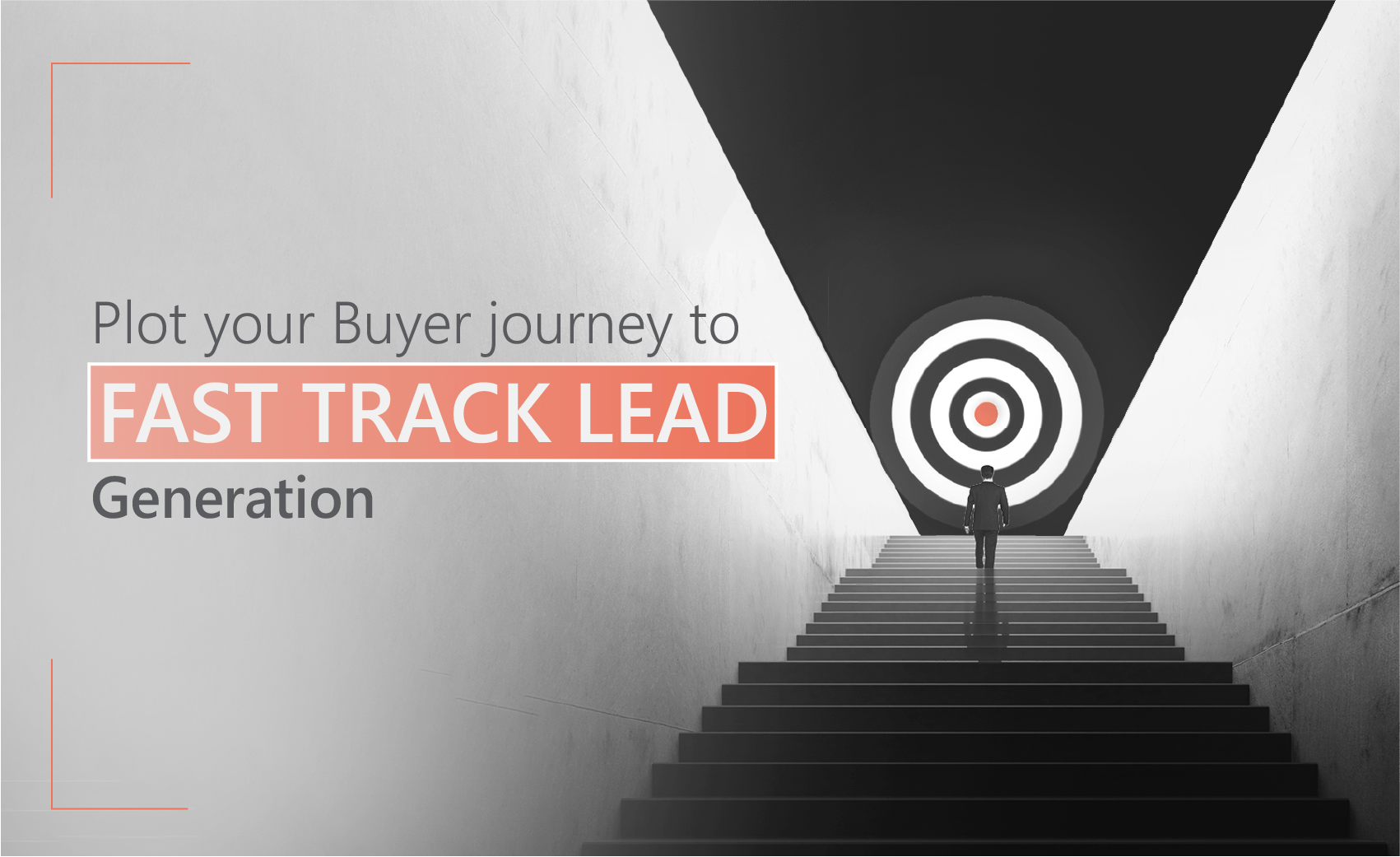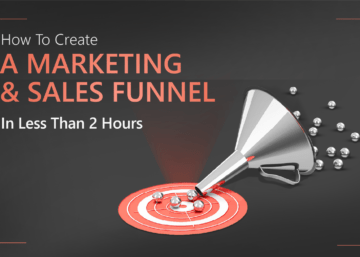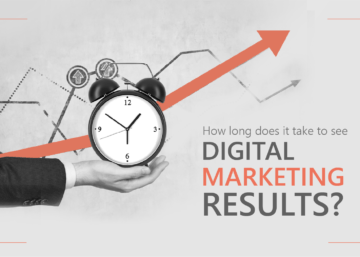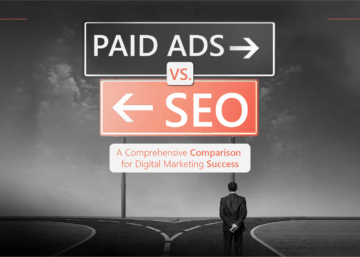The buyer journey is one of the most critical concepts in online marketing’s toolbox. The trick for business owners is to understand exactly what that buyer journey looks like and what it takes to nudge their prospective buyers across the conversion line.
How are buyers transitioning from their first step through to a final buying decision? How do business owners tap into their insights into the buyer journey to create campaigns anchored in the customer lifecycle?
Mapping The Buyer Journey
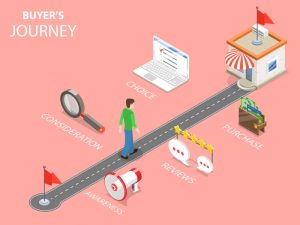 We are all familiar with the often-quoted statistic: that 70 percent of the buyer’s journey is complete before a buyer even reaches out to connect with the brand’s sales team.
We are all familiar with the often-quoted statistic: that 70 percent of the buyer’s journey is complete before a buyer even reaches out to connect with the brand’s sales team.
Business owners and marketers are adjusting both their marketing and their content strategies to adapt to changing consumer preferences. The question is what can they do to address the 70 percent of the buyer’s journey that they’re not directly engaged with?
What are buyers doing during this time? How can marketers intervene at the right moment in the different phases of the buyer journey to influence their decision-making? Here are 7 tips on how to think like a buyer and save time, money and wasted activity by fast-tracking your lead generation efforts.
- Buyer Journey: Awareness Phase
At the beginning of the buyer’s journey, most buyers are largely unaware of their brand options and the parameters of their own need. In this phase, buyers are wrestling with the challenge of moving their unconscious needs to a more overt state: “How do I know if I’m interested in your solution to my problem if I don’t know you exist?”
As a business owner or a marketer, your job at this stage is to think like a buyer. Create awareness of your product or service or brand, so that your buyers can begin to understand what your brand promise and how you can help them. Here, your content should focus on your buyer’s key pain points, rather than your product or brand features. It’s all about clearly identifying the need state.
- Influence Buyer Research
Once your potential customers gradually realize they have a particular pain point they wish to address, they start to research the issue. For 72 percent of potential buyers, this means consulting Google.
So, the first research stage begins by identifying the general search terms buyers use as they explore their options. At this stage, buyers are typically looking for background information, customer reviews, and buyer testimonials.

Make sure content that addresses these resource needs are available on your website. Consider adopting a marketing automation tool to track your content downloads and collecting prospect information.
While you may not be ready to commence your sales pitch, it’s never too soon to gathering insights into your prospect’s preferences.
- Help Prioritise Buying Criteria
 As your buyers progress further with their research, they’ll begin to understand which criteria do and do not meet their specific needs. This enables them to prioritize their questions during product or service demos.
As your buyers progress further with their research, they’ll begin to understand which criteria do and do not meet their specific needs. This enables them to prioritize their questions during product or service demos.
At this point, buyers begin to eliminate vendors who fail to offer the functionality they are looking for. This gradually narrows down their focus to a consideration set comprising a few competing brands.
Educational content such as white papers and reports are helpful at this stage in shaping buyer preferences. Create a few simple lead-nurturing campaigns to display this content to prospects that have provided their information via an online form.
Avoid a ponderous sales pitch. At this point in the process, it is all about nurturing trust with your prospect and establishing your brand as a credible source of information.
- Shaping Consideration
 Once a prospect has narrowed their choices down to a short list of brands, they will inevitably return to Google again. Typically, some 70 percent of buyers return to Google at least two or three times during their research phase, diving deeper into each brand’s specific offer to see how effectively they address their pain points.
Once a prospect has narrowed their choices down to a short list of brands, they will inevitably return to Google again. Typically, some 70 percent of buyers return to Google at least two or three times during their research phase, diving deeper into each brand’s specific offer to see how effectively they address their pain points.
As your buyers continue researching potential solutions, you can adjust their scores in your marketing automation tool to further qualify them and track their conversion progress.
- Winning The Comparison Battle
During this phase of their research, buyers begin conducting in-depth comparisons of each vendor under consideration. At this point, they’ll start contacting sales representatives to clarify issues or conduct personalized product demos. This enables the prospect to drill down into the features that matter most to them.

As buyers begin to quickly self-identify, sales representatives can tap into the information collected by their marketing automation tool on each prospect’s activities and social profile information, to tailor their conversations to the individual buyer.
- Help Determine The Decision
 Once your buyers are ready to select a vendor and make a purchase, they’ll start thinking about preparation, implementation, quick start costs, and customer support. These are the final issues that will determine which solution best fits their needs as well as their budget.
Once your buyers are ready to select a vendor and make a purchase, they’ll start thinking about preparation, implementation, quick start costs, and customer support. These are the final issues that will determine which solution best fits their needs as well as their budget.
Here it’s finally time to get very brand-specific with your content marketing. Have case studies and customer testimonials on hand to demonstrate to prospects what others have achieved by choosing your brand and how positive their experience has been.
- Prompt The Purchase
 Finally, after days, weeks, or perhaps even months of research, your buyer has selected a vendor and is ready to purchase. Now it’s time for paperwork, delivery, and implementation.
Finally, after days, weeks, or perhaps even months of research, your buyer has selected a vendor and is ready to purchase. Now it’s time for paperwork, delivery, and implementation.
However, just because your buyers have made a purchase, their work isn’t over. Many buyers will continue to research implementation guides and more information to make sure they hit the ground running with their new purchase.
Remember your content isn’t just for your prospective buyers. Consider creating a drip-feed content system to channel helpful content to your customers outlining the more advanced features of your product together with tips for using your product more effectively.
If you can help them enjoy greater value from your product, they are far more likely to remain your customer when renewal time comes around and to provide you with handy testimonials.
Discover The Biggest Challenges Your Business Faces And Understand The Major Road Blocks Stopping Your Company From Reaching Its Goals!
Learn how to drive massive success by redefining your business objectives and positioning your marketing in the right way.
Register now for your FREE, no obligation marketing consultation with an Inbound Specialist today.
Final Observation
Understanding the typical buyer’s journey for your brand should be a key priority for any successful business owner. The Buyer’s Journey describes all the actions a buyer takes before purchasing a product or service and identifies their critical information needs at each phase of their journey. Not only can a well-mapped buyer journey reveal incredible insight into your customer behaviour, it can also help you sell more by positioning your brand as a credible source of information and industry leader, further increasing your brand’s reach and fast-tracking your lead generation efforts.
